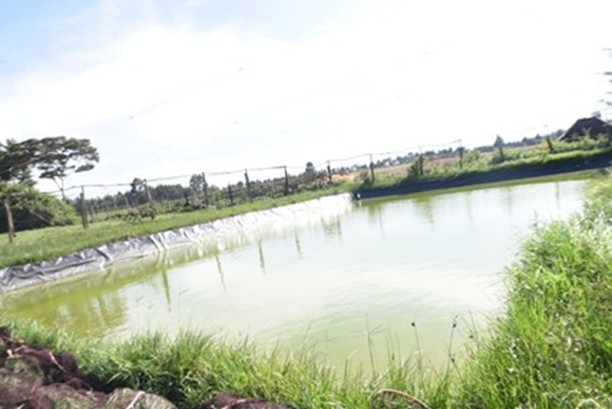
Introduction:
Uasin Gishu County is endowed with fertile clay and loamy soils, abundant water resources, and high annual rainfall, making it highly suitable for aquaculture. These favourable agro-ecological conditions have created a strong foundation for fish farming, offering opportunities to diversify agricultural production, improve food and nutrition security, and enhance household incomes.
Recognizing the potential of aquaculture as a viable economic activity, the County Government has prioritized the fisheries sector as part of its broader agricultural transformation agenda. In line with national and County priorities such as the Sustainable Development Goals (SDGs) and Kenya Vision 2030, as well as localized policy frameworks like the Bottom-Up Economic Transformation Agenda (BETA) and the Nguzo Kumi blueprint spearheaded by Governor Jonathan Bii, the County has placed agriculture, particularly agribusiness, livestock, and fisheries, at the center of its economic transformation agenda. The fisheries sector contributes to multiple development goals by enhancing access to affordable protein-rich food, creating jobs along the aquaculture value chain, improving household nutrition through omega-3-rich fish consumption, and generating sustainable income for rural households.
Fish farming in Uasin Gishu is primarily conducted through pond systems and dam-based aquaculture, with over 2,000 farmers currently engaged in the practice, an impressive growth from fewer than 870 just two years ago. This increase is a result of deliberate County-led campaigns aimed at encouraging farmers to diversify beyond grain farming, a shift that is particularly timely given the rising need for climate-resilient and nutritionally balanced food systems.
To support this transition, the County Government has rolled out a number of aquaculture initiatives. These include restocking public dams with fingerlings, providing pond liners, starter and finisher fish feeds, training programs, and encouraging the formation of farmer cooperatives. Strategic partnerships, such as with the University of Eldoret, have further boosted these efforts through technical support and the establishment of hatcheries to ensure availability of quality fingerlings.
Despite the positive momentum, several constraints continue to impede the sector’s full potential. These include the high cost of fish feed, accounting for up to 65% of production costs, limited access to certified fingerlings, water scarcity and pollution, insufficient extension services, lack of structured markets, minimal value addition, financial barriers, and increasing vulnerability to climate change. Unpredictable rainfall patterns, floods, and droughts frequently disrupt pond water levels, affecting fish survival and productivity.
Click the story below to read more.